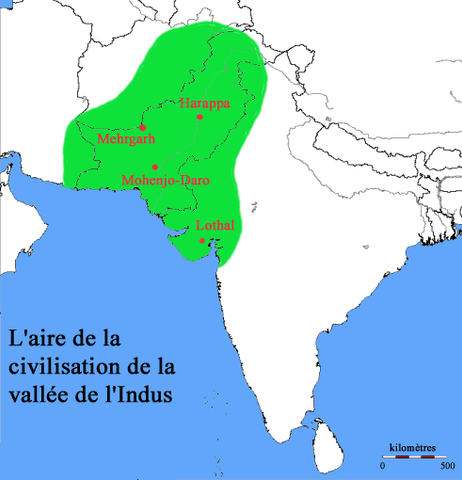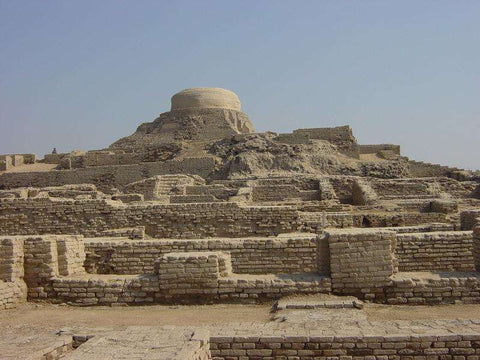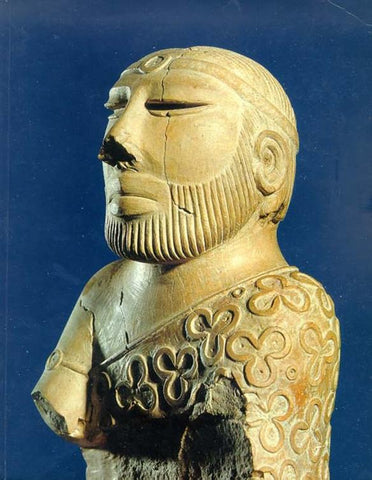The Indus Valley Civilization

The world is a treasure trove of ancient civilizations, each making a unique contribution to human history. Among them, the Indus Valley Civilization is one of the oldest and most enigmatic.
But what is this forgotten civilization, so little known today, but which nevertheless coexisted with the Mesopotamians or even the Egyptians of Antiquity?

Flourishing over 4,500 years ago in what is now Pakistan and northwestern India, this ancient civilization showcases remarkable urban planning, advanced engineering, and a rich cultural heritage. In this article, we delve into the secrets of the Indus Valley Civilization, shedding light on its impressive achievements and the mysteries that continue to captivate archaeologists and historians to this day.
The Indus Valley Civilization, also known as the Harappan Civilization, derives its name from the mighty Indus River that flows through its heart.
Discovered in the 1920s, the remains of cities like Harappa and Mohenjo Daro offer a glimpse of a highly organized and advanced society. Spanning an area of over 1.25 million square kilometers, this once thriving civilization spanned what are now Pakistan, India and parts of Afghanistan.
At a time when most civilizations were primarily rural, the Indus Valley Civilization had sophisticated urban centers.

The cities of Harappa and Mohenjo-daro , in particular, exhibited a high degree of urban planning. With well-laid out grids, complex drainage systems, and multi-story houses, these ancient cities demonstrated an impressive level of urban planning.
The Indus Valley Civilization demonstrated remarkable technological advances for its time.According to archaeological findings, the Indus Valley Civilization is believed to have had a well-structured society.
The artistic and cultural heritage of the Indus Valley Civilization was rich and varied.

One of the most enduring mysteries of the Indus Valley Civilization is its writing, which remains undeciphered to this day.
Thousands of inscriptions have been discovered, but in the absence of a bilingual text, researchers have been unable to crack the code. Deciphering the writing would provide invaluable insights into language, literature, and social aspects , political and economic aspects of civilization.
Then, from 1900 BC, without really knowing why, the Indus Valley civilization began its decline until completely abandoning these cities a few centuries later (several hypotheses exist such as a change climate or natural disasters without being really certain).
The Indus Valley Civilization thus remains an intriguing enigma that captivates the minds of scholars and historians around the world.
With its sophisticated urban planning, technological advancements, and vibrant culture, this ancient civilization is a testament to human ingenuity and resilience. As archaeologists continue to make new discoveries and advance their research, the veil of mystery surrounding the Indus Valley Civilization is slowly being lifted, allowing us to better understand our shared past.
Click on the link below to discover the clothes designed by ARCHAIA CREATIONS that celebrate this incredible civilization!

